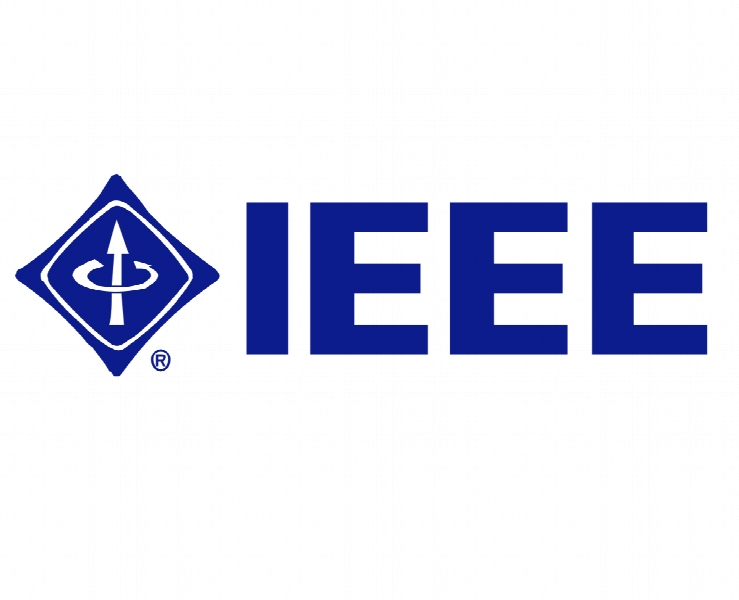کاهش دمای عملیاتی در ماژول های فتوولتائیک Reducing Operating Temperature in Photovoltaic Modules
- نوع فایل : کتاب
- زبان : انگلیسی
- ناشر : IEEE
- چاپ و سال / کشور: 2018
توضیحات
رشته های مرتبط مهندسی برق
گرایش های مرتبط مهندسی الکترونیک، تولید، انتقال و توزیع
مجله فتوولتائیک – JOURNAL OF PHOTOVOLTAICS
دانشگاه National Center for Photovoltaics – National Renewable Energy Laboratory – USA
منتشر شده در نشریه IEEE
کلمات کلیدی شبیه سازی کامپیوتری، اپتیک، سلول های فتوولتائیک، سیستم های فتوولتائیک، ردیابی اشعه، انرژی خورشیدی، پانل های خورشیدی، هدایت حرارتی، مدیریت حرارتی
گرایش های مرتبط مهندسی الکترونیک، تولید، انتقال و توزیع
مجله فتوولتائیک – JOURNAL OF PHOTOVOLTAICS
دانشگاه National Center for Photovoltaics – National Renewable Energy Laboratory – USA
منتشر شده در نشریه IEEE
کلمات کلیدی شبیه سازی کامپیوتری، اپتیک، سلول های فتوولتائیک، سیستم های فتوولتائیک، ردیابی اشعه، انرژی خورشیدی، پانل های خورشیدی، هدایت حرارتی، مدیریت حرارتی
Description
I. INTRODUCTION ALL common types of solar cells lose efficiency with increasing temperature. Reducing a solar cell’s temperature is one of the most effective ways of increasing its energy output. When they are deployed outdoors, solar cells are interconnected and packaged in a module [1]. Because many of the module’s degradation mechanisms are thermally activated, reduced operating temperature is also an effective way of increasing the lifetime of a photovoltaic (PV) module [2]. A wide range of techniques have been investigated for cooling PV modules [3]–[7]. PV modules operate above the ambient temperature because they convert some of the incident sunlight into waste heat, for instance, due to absorption of subbandgap light or thermalization of carriers to the band edge. This production of waste heat is balanced by the rejection of heat, mainly by convection and radiation. This suggests two classes of strategies for reducing operating temperature: 1) reduction of waste heat production and 2) improvement of waste heat rejection. In this work, we use a combination of computational modeling and outdoor experimentation to quantify the effect of several thermal modifications in each category. We do not consider dynamic temperature-reduction strategies, such as phase-change materials, desiccants, or active cooling by artificial forced convection. We also do not consider modifications to the forced and free convection occurring naturally outdoors.


